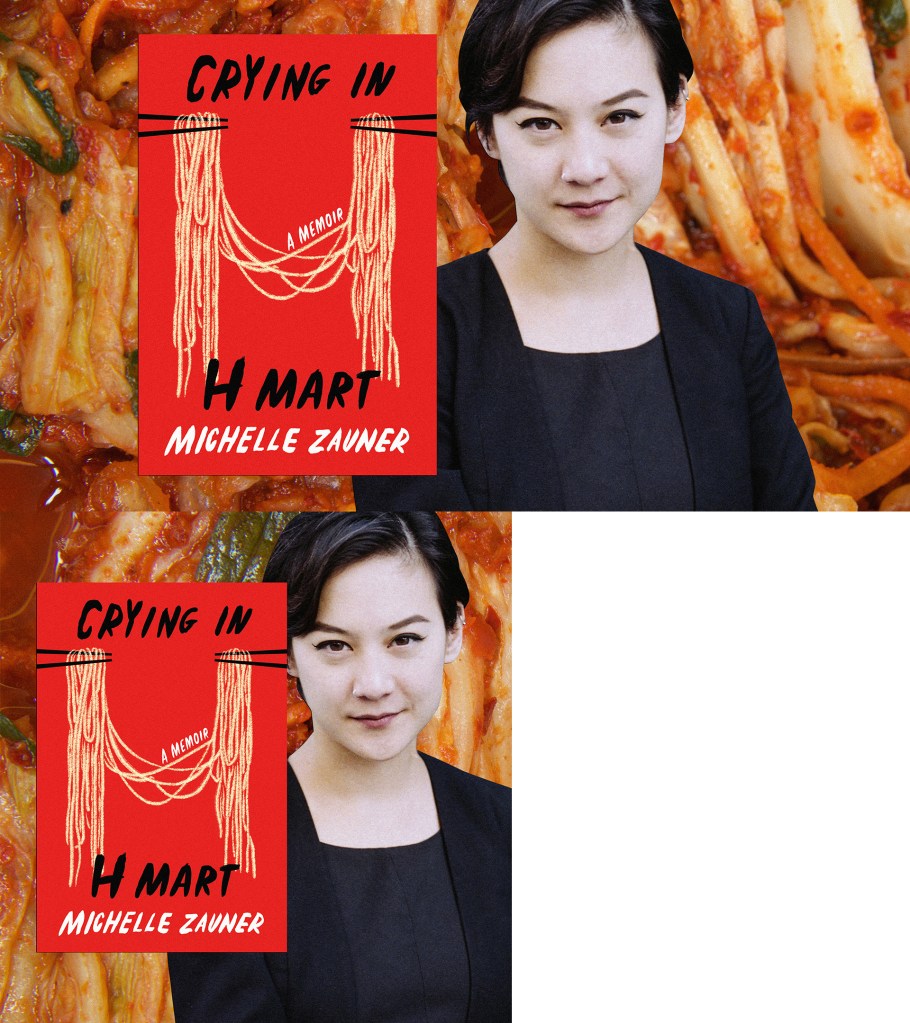Wasabi’s reign of terrorising nasal cavities is over.
Gochujang, the fermented Korean red pepper paste that is a little sweet and a little dank at the same time, is what you should really be smearing all over your pristine cuts of salmon, tuna, and hamachi.
Videos by VICE
Case in point is hwe dup bap, Korea’s fierce answer to Japan’s beloved chirashi, though with many more radical flavors, textures, and aromas. Better yet, there’s al bap, which is completely its own thing, with its crispy rice and six different kinds of fish roe adorning it. (Don’t call it a donburi but do call it a variation on bibimbap.) Then there is sea squirt sashimi, which is a bright yellow-fleshed seafood that no words in any human language can explain.

Gochujang and rice on top of hwae dup bap
Korean sushi has existed since at least 1910, the year that Japan annexed Korea and brought its sushi along with it. But Korea began making sushi its own after World War II with an adaptation of the sushi roll called gimbap and those aforementioned sushi-esque bowls. Despite this, there is still no real sub-categorisation of Korean sushi within sushi restaurants in the US. However, if you live in Los Angeles or are visiting, you can step up your sushi game and see exactly what I’m talking about by dining at New Shogun Sushi in Koreatown, since it is one of the pioneering Korean sushi establishments in the US.

Kwon preparing hwae dup bap
“Typically, Korean chefs get trained by Japanese sushi chefs in South Korea and then add sauces and things that Korean people like to make it Korean,” Neil Kwon tells me as we share a Korean sushi feast at Shogun. He is the owner of Koreatown’s Biergarten, the first craft beer Korean gastropub in LA, and also the son of one of the first Korean sushi chefs in the US, Young Mo Kwon. Young Mo trained in Korea and opened up Shogun—along with many other Korean sushi restaurants in LA—in the 90s, until he sold them all to retire a few years ago.

Al bop
The standards for Korean sushi remain the same as the ones that guide Japanese sushi: really good cuts of fish, really good rice, and letting those two ingredients shine above all else. Still, Korean sushi is much more than just eating spicy tuna rolls with mouthfuls of kimchi, pickled lotus root, and other banchan in between bites of fish and rice. It is about incorporating other types of seafood into the sushi, like slices of cured herring fish roe and sea squirt (the latter of which looks like fried dragon paws or something). Kwon tells me, “We just don’t like to throw any fishes away.”
Sung Sim is the current chef at Shogun and he has been serving Korean-style sushi in both South Korea and LA for more than 35 years. He bought the restaurant after the LA riots and has evolved it into more of a kaiseki-style omakase spot, as opposed to somewhere you can casually order à la carte items. Inside, the restaurant might look as though it was taken out of a scene from Seven Samurai, with its private booths filled with chabudai short-legged tables. But as soon as you take your first bite of gochujang-and-sesame-oil-glazed fatty salmon belly, you will know that the restaurant is 100-percent Korean.

Inside New Shogun Sushi
“Korean sushi isn’t reinventing the wheel. It is just about introducing Korean ingredients that you wouldn’t normally see in Japan,” Kwon tells me. This explanation couldn’t ring truer with al bap. The flavours and textures brought forth by the crunchy, colourful assorted fish eggs—flying fish roe, herring roe, smelt roe, and salmon roe being just some of them—gradually goes up in levels of intensity as the neon-coloured fish eggs get toasted along with the rice in the claypot. As if this wasn’t enough, the flavours are amplified more with a few squiggles of gochujang. It comes out sizzling, like the more popular land-based bibimbap, and is unlike anything else I have ever had in the traditions of both Japanese and Korean food.
On the other hand, it is only a matter of time until hwe dup bap gets discovered by young entrepreneurs and becomes the next poke phenomenon. With its calorie-friendly mishmash of sashimi, carrot ribbons, purple and green cabbage, green leaf lettuce, nori, pear, and makeshift dressing of gochujang and roasted sesame oil, it is a dish that was practically made for California and diet-savvy Millennials.

Soy sayce and gochujang
Kwon theorises that the reason why Korean sushi hasn’t caught on with the masses is because people generally view sushi as singularly authentic. Meaning, there is no space for any kind of bastardisation with sushi, especially because by nature, sushi is a very pure food. “People don’t look beyond Japanese sushi,” he tells me as he stuffs his face with the recipes that his father helped create. He says that Korean sushi is difficult to find outside of the Koreatowns of America, asserting that it is even tough to find in New York, where he currently resides.
Will Korean sushi every catch on? It’s not likely for at least another five years, if you ask me. Oh, well. More amped up sushi for the rest of us.
This article originally appeared on MUNCHIES in March 2015.




